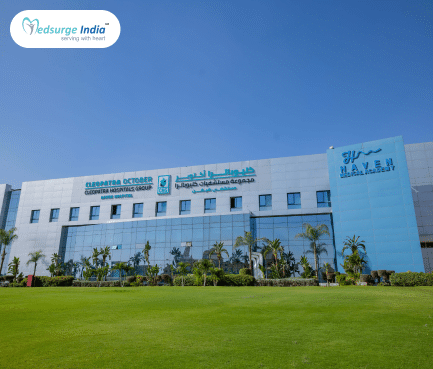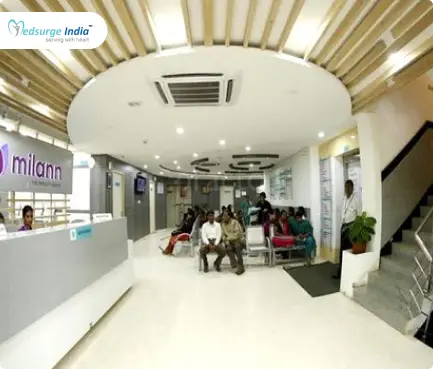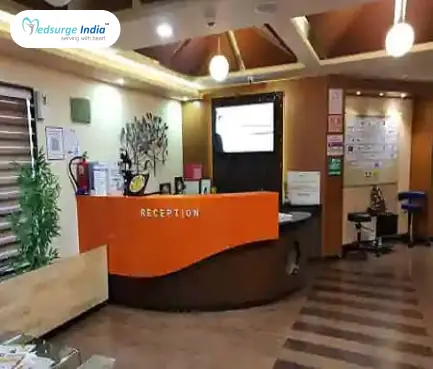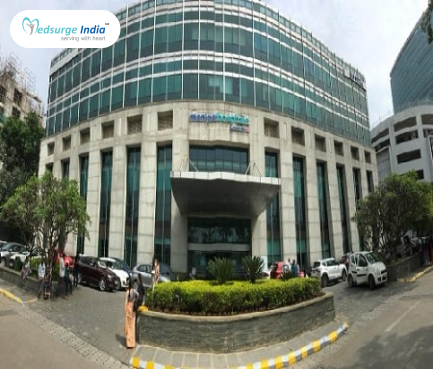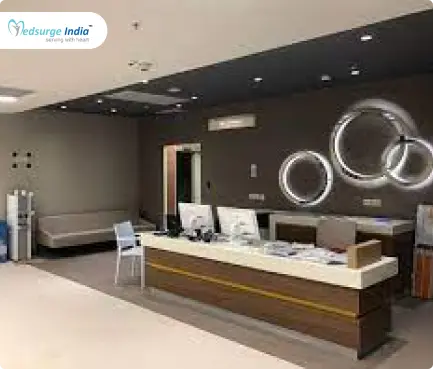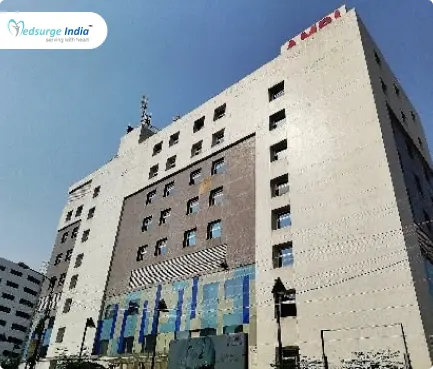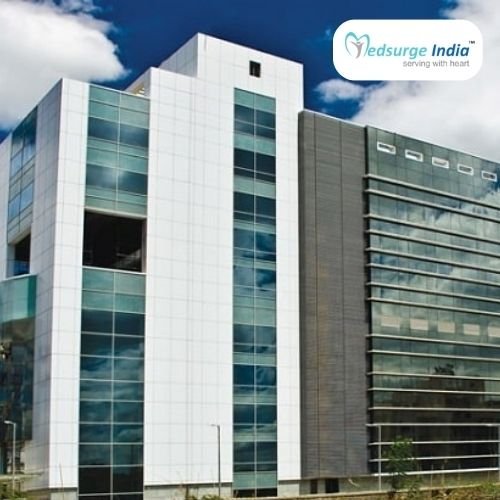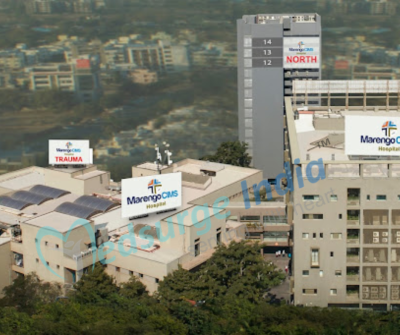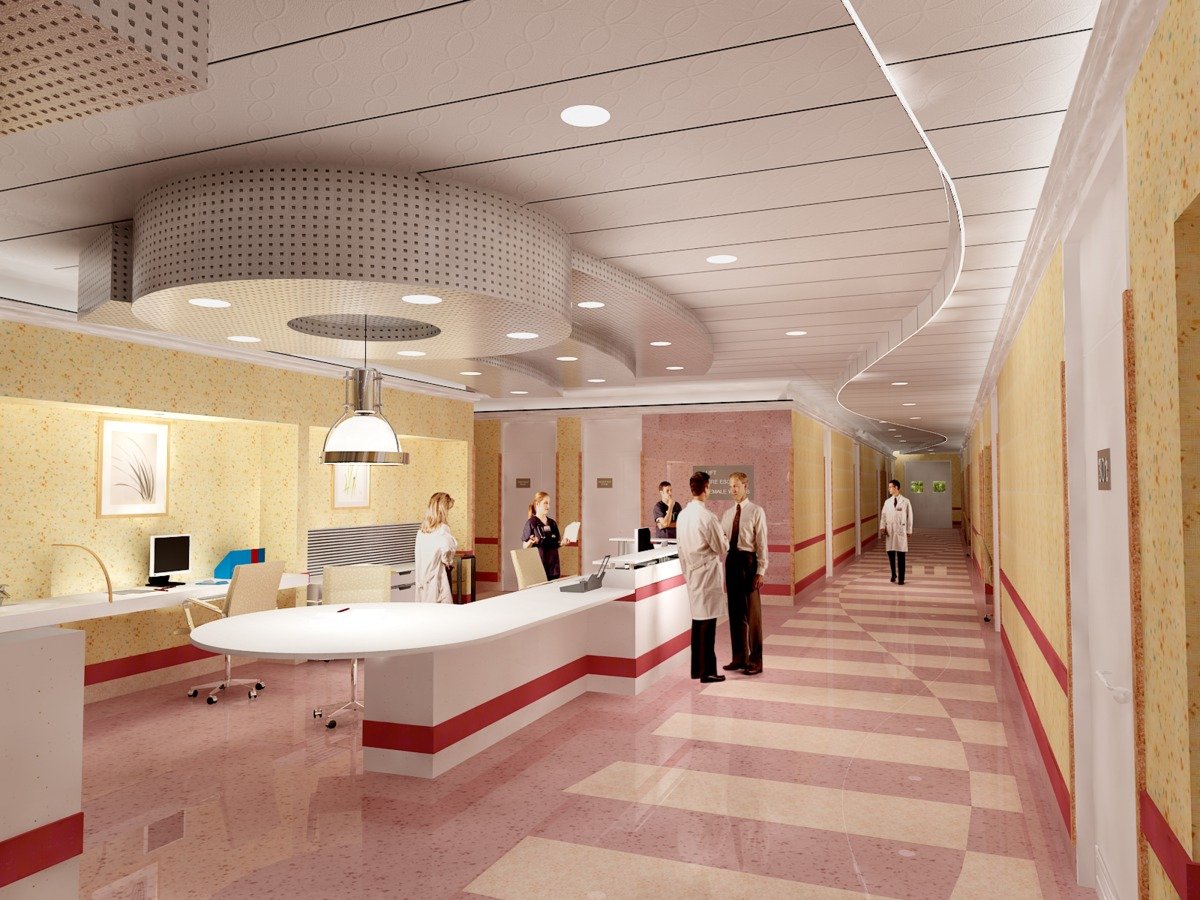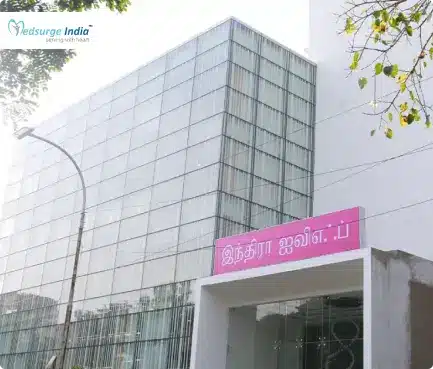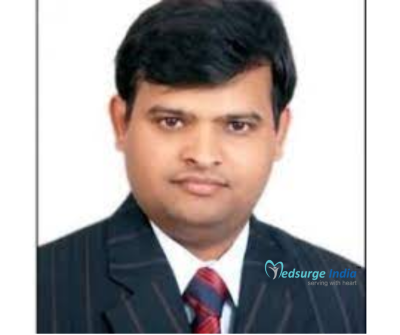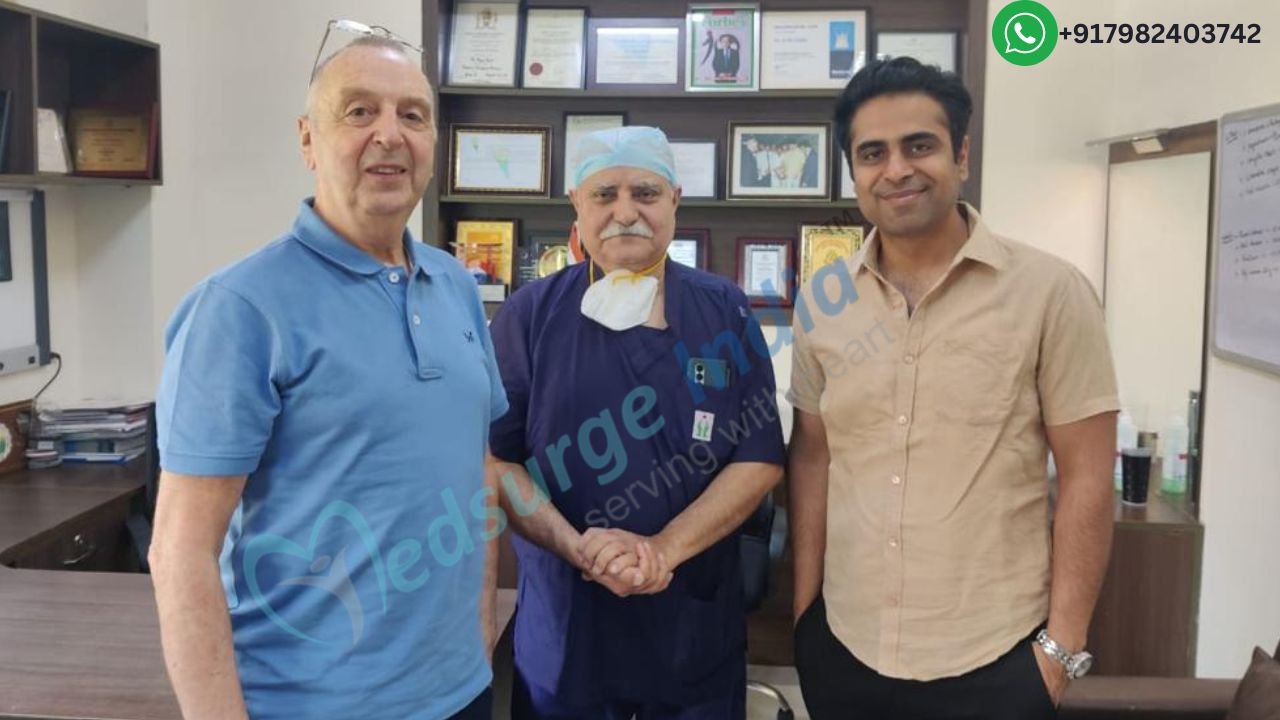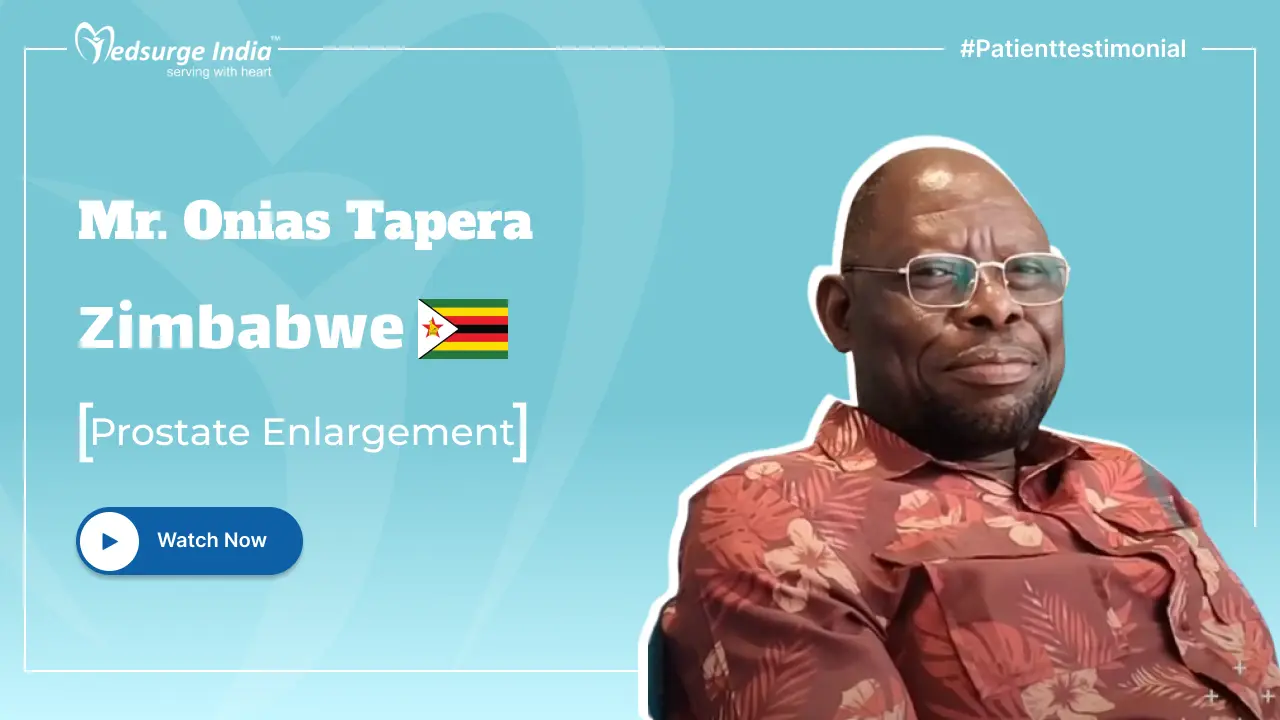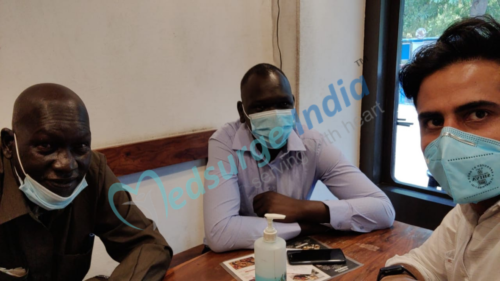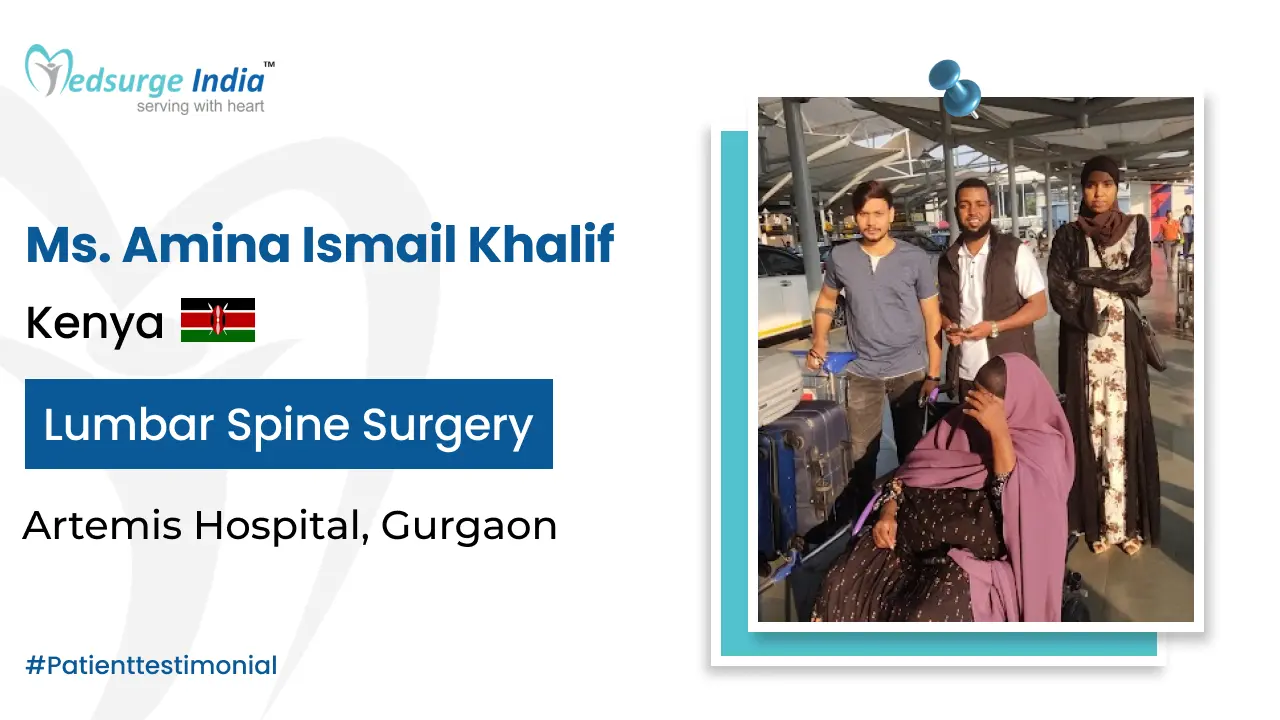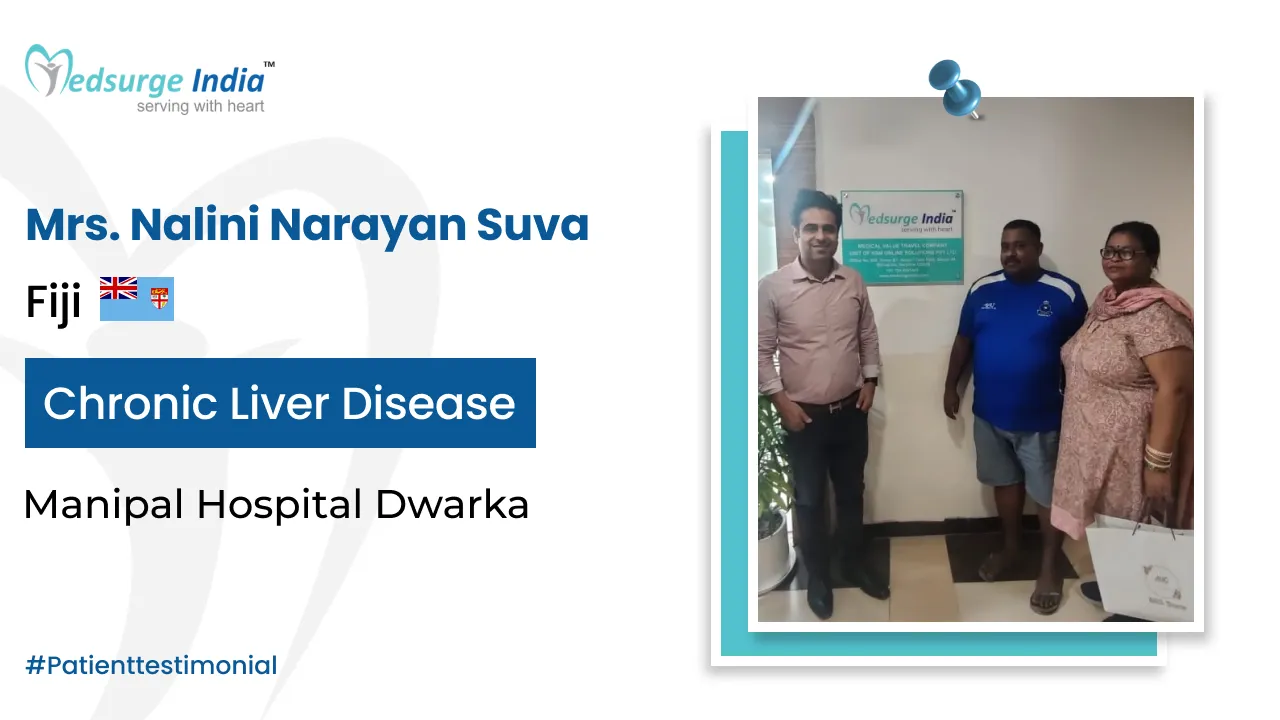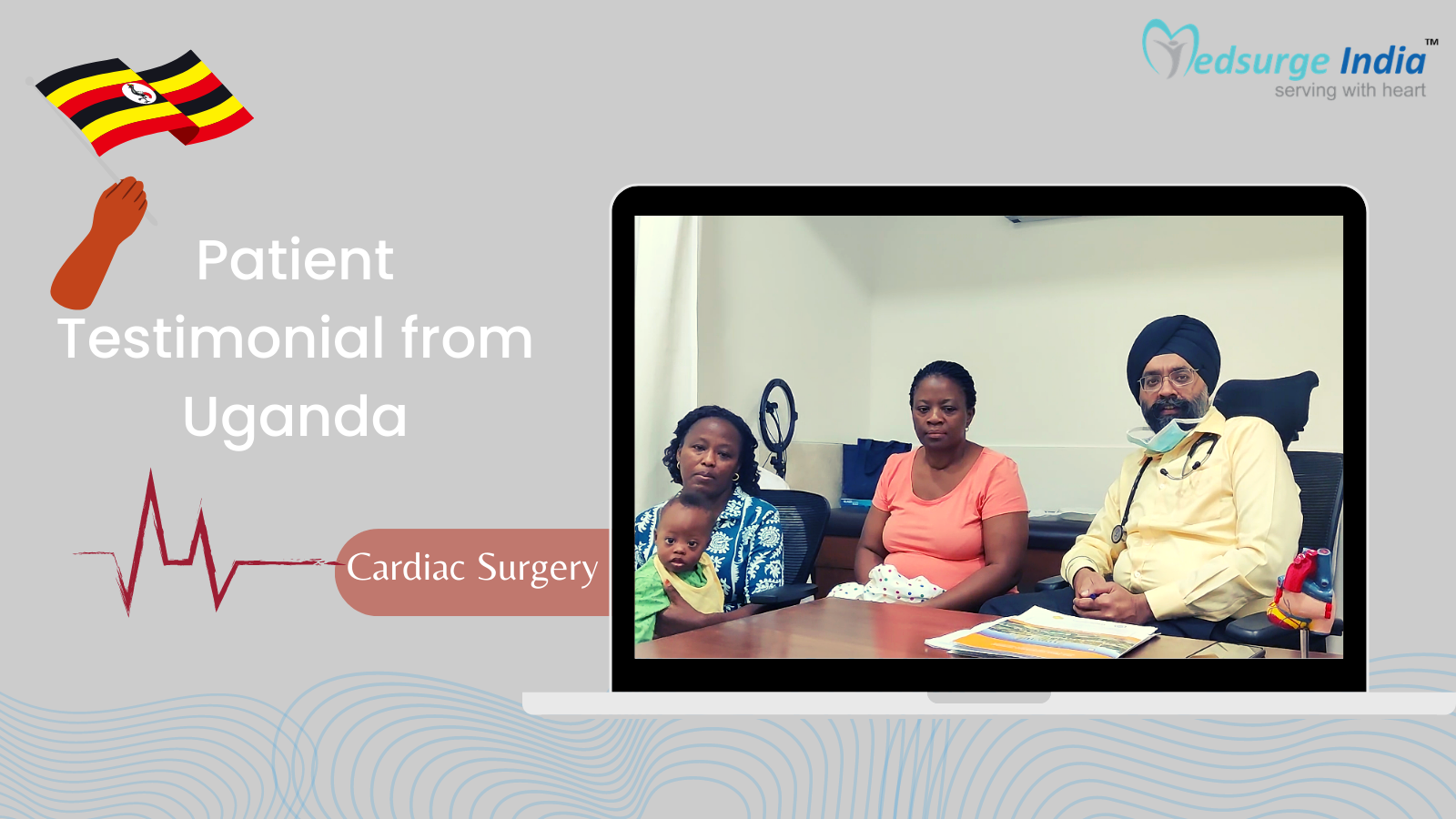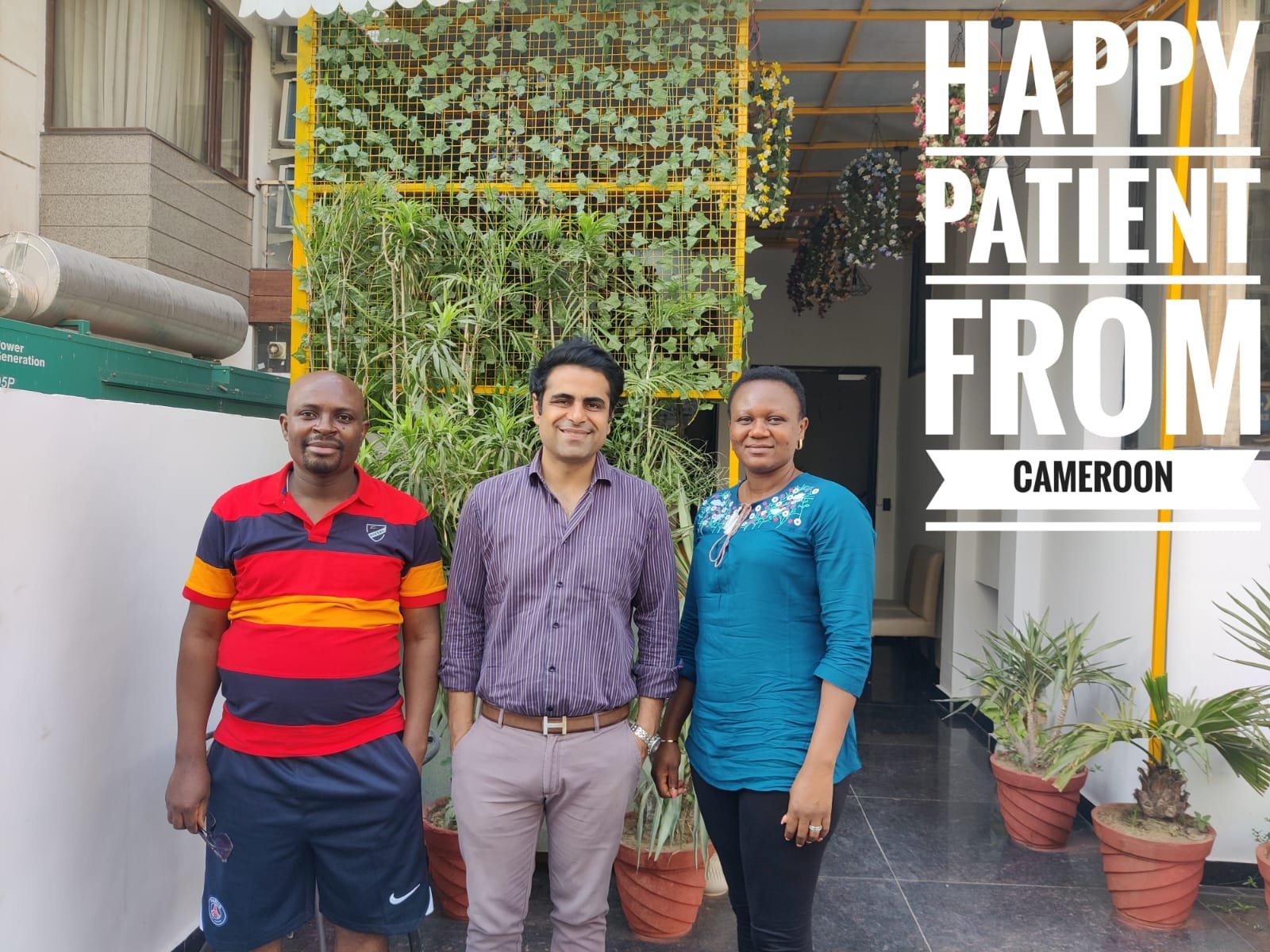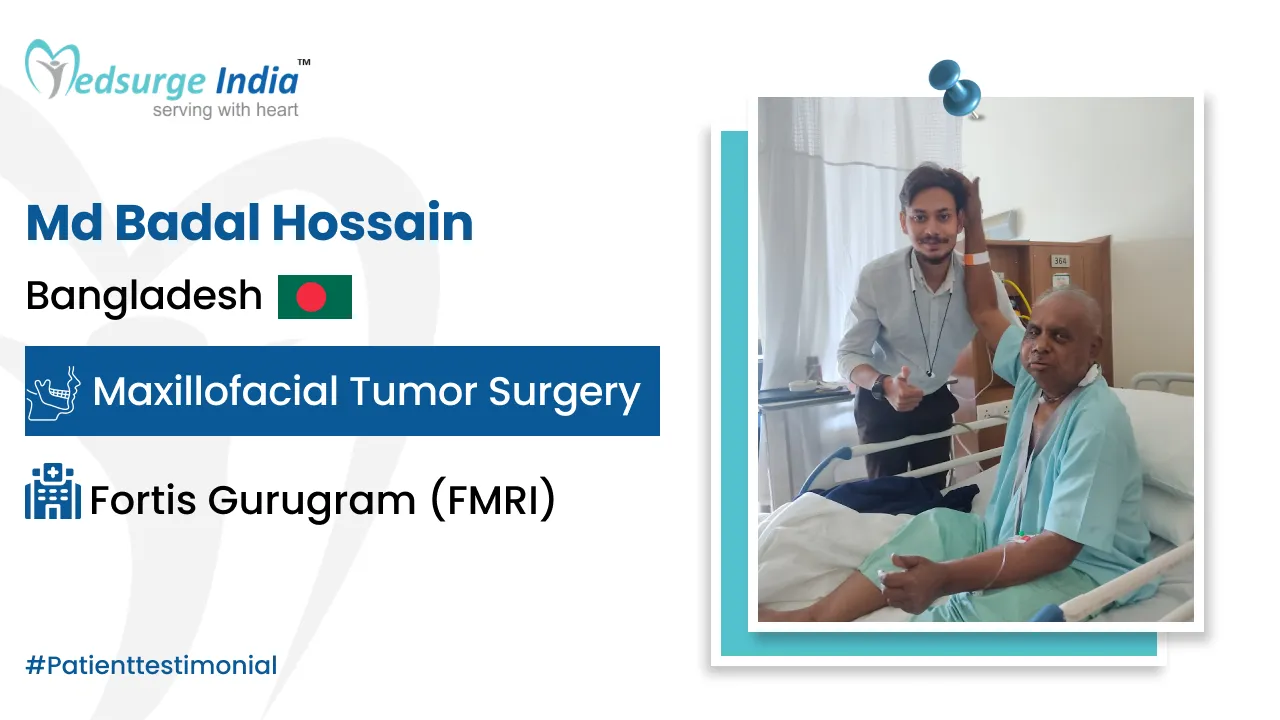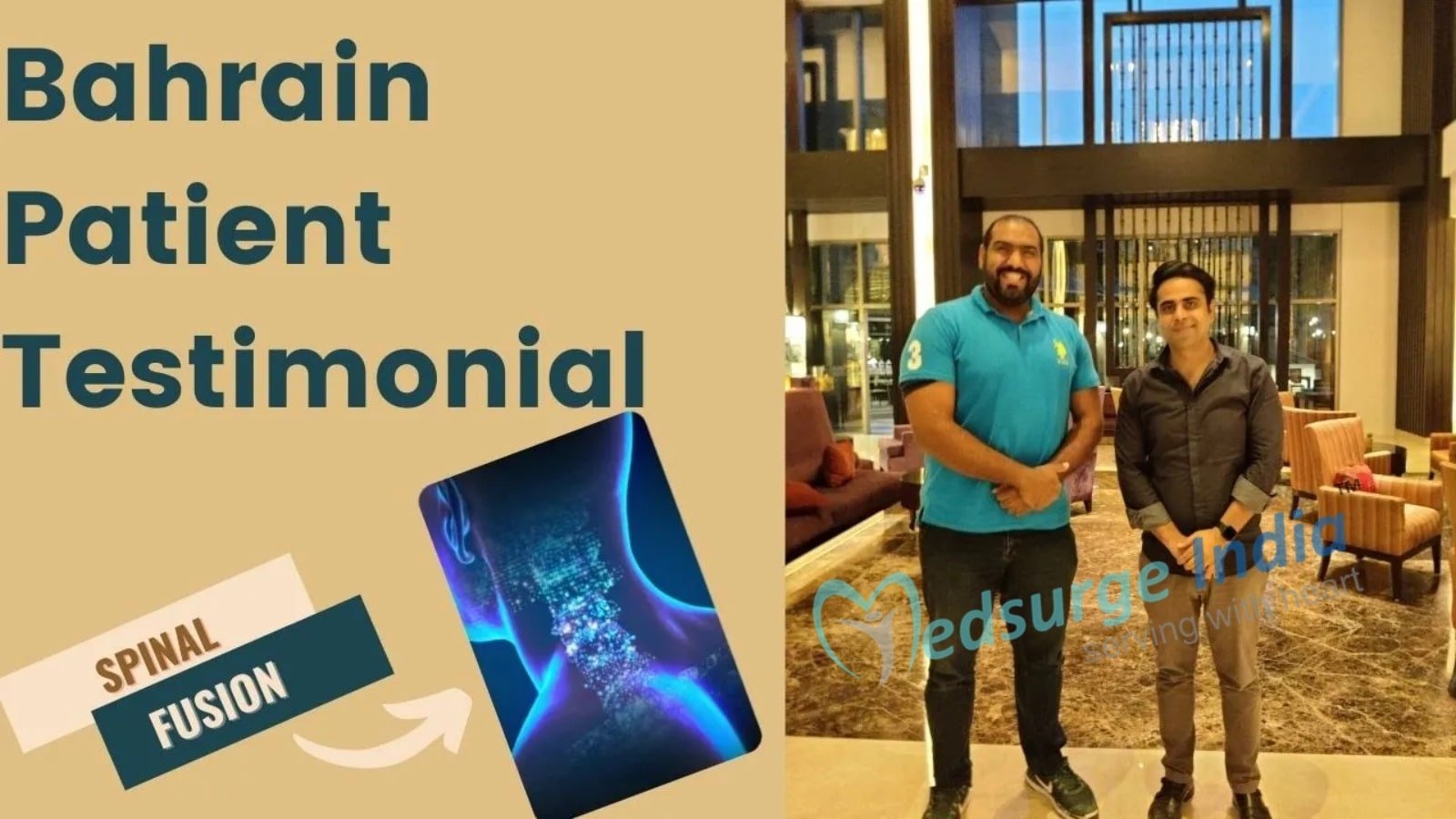
The posterior approach of the transforaminal lumbar interbody fusion (TLIF) technique is used to fuse the anterior and posterior spinal columns. The TLIF surgery in India involves removing an intervertebral disc from the lower back and then joining two or more spinal bones (vertebrae) with screws and a cage.
TLIF surgery costs in India is lesser as compared to other developed countries. The patient must spend 6 days in the hospital and 15 days outside of it. The patient’s diagnosis and the facilities they choose will influence the overall cost of the treatment.
What Is a TLIF (Transforaminal Lumbar Interbody Fusion)?
A modern technique for doing spinal fusion surgery is called transforaminal lumbar interbody fusion (TLIF). An intervertebral disc is removed, and two or more spinal bones (vertebrae) are joined together with screws and a cage during this procedure on the lower back.
TLIF involves:
- Nerve decompression in the lower back
- Removing a facet joint
- The intervertebral disc is removed
- Stabilization of the disc level with the insertion of screws into the adjacent and underlying bones (pedicle screws)
- The fusing of the spine through the insertion of a bone-filled cage into the disc space (interbody fusion)
A TLIF offers important advantages over the alternative surgical techniques of both a posterior lumbar interbody fusion (PLIF) and posterolateral instrumented fusion.
The surgical treatment known as transforaminal lumbar interbody fusion (TLIF) is typically performed to repair spinal disc problem that is causing back and leg pain. This surgery involves the removal of an intervertebral disc and the fusion of two or more bones from the anterior and posterior spinal columns with the help of screws and a cage.
Small incisions are made in the middle of the back to provide the surgeon access to the spine. A bone graft and an interbody spacer are then implanted (a supportive device or cage placed between the vertebral bones to retain intervertebral height).
Depending on the symptoms, fusion can be one-level (joining two bones) or multi-level (joining three bones). The two vertebrae in the spinal column fuse together as the patient heals and bone grows around the transplant.
As a result, the person’s general function is improved and they can resume more typical activities. This effectively stops all mobility in the painful portion of the spine. Although flexibility is reduced following TLIF, most people are not significantly impacted.
Who Might Need TLIF Surgery?
Some individuals with the following spinal conditions may benefit from TLIF:
- Degenerative Disc: As we get older, our discs start to dry out and shrink. The vertebral bones brush against and press against the nerves as a result of the disc’s thinning or herniation. There is substantial back discomfort as a result.
- Spinal Stenosis: The spinal canal and the nerve root canals become congested in spinal stenosis. Additionally, pain and numbness in the legs may be brought on by pressure on the spinal nerves and spinal instability. There are several types of spinal stenosis, including cervical stenosis, lateral recess stenosis, and lumbar canal stenosis (Foraminal stenosis).
- Spondylolisthesis: In this situation, the vertebral body slips forward and rests on the bone below it. Once the nerves are compressed, discomfort may result.
- Scoliosis: It is an abnormal curvature of the spine brought on by incorrect bone alignment. This can happen, especially in adult patients, as a result of arthritic discs, aging discs, or prior spine surgery.
- Discogenic Lower back pain: Back pain carried on by a disc condition
- Facet joint pain: It is a form of spinal arthritis that does not respond to other therapies such as facet joint blocks and radiofrequency denervations.
TLIF Surgery Cost In India
The average TLIF Surgery Cost in India usually starts from USD 5,000. The patient must spend four days in the hospital and ten days outside of it. The diagnosis and the facilities the patient chooses will determine the overall cost of the therapy.
Prices Depending on The Type of Cities In India
| Cities | Starting Prices |
| Delhi | USD 5000 |
| Noida | USD 5000 |
| Gurgaon | USD 5100 |
| Bangalore | USD 5200 |
| Chennai | USD 5100 |
| Kolkata | USD 5000 |
| Mumbai | USD 5300 |
| Hyderabad | USD 5200 |
Note: The pricing can vary depending on several factors.
Factors That Can Affect TLIF Surgery Cost in India
In terms of quality and standard, the level of medical care and services is comparable to that of the best hospitals in the world. Even after accounting for travel, hotel, and food expenses. Here are some variables that can affect TLIF Surgery cost in India:
- Medication costs.
- Duration of treatment.
- Geographical location.
- Hospitalization expenses.
- Hospital reputation and infrastructure.
- The expertise and experience of medical professionals.
- The type and frequency of diagnostic procedures.
- The choice of treatment modality.
- Government policies and subsidies.
- Medical tourism packages.
By being aware of these variables, patients and medical professionals can successfully negotiate and make choices that suit their requirements and preferences.
What Diagnostic Tests Are Necessary Before TLIF?
After a thorough medical evaluation to verify the patient’s fitness for this procedure, the doctor advises the TLIF surgery in India. In addition to doing numerous neurological tests, they typically obtain the patient’s complete medical history.
The most important aspect of the evaluation is the patient’s medical history, which includes the symptoms and challenges they are experiencing. The doctor may recommend imaging tests to help diagnose the issue, such as:
- CT Scan
- MRI Scan
- CT Myelogram
- Standing X-Rays
- Lumbar SPECT Test
- Provocation Lumbar Discogram
- Nuclear Medicine Bone Scan
- DEXA Scan (Bone density scan)
Read More – Endoscopic Spine Surgery Cost in India
Get Free Cost Estimation
Procedure
TLIF Surgery in India
The treatment can be done by making an open incision or a minimally invasive approach can be used. Minimally invasive surgery is now frequently chosen since it has a quicker recovery and reduced post-operative discomfort. Because the patient is unconscious and does not feel any pain during the treatment, general anesthesia is used.
- The patient is placed face down during a Transforaminal Lumbar Interbody Fusion surgery in India, and the procedure is carried out through a back incision. Depending on the particular disc that is injured and how many levels need to be addressed, the surgeon creates a small incision.
- The surgeon can access the spine and the injured disc that needs to be addressed through the incision. The removal of bone spurs, ligaments, and a piece of the facet joint results in the decompression of the nerves. The disc nucleus is then carefully removed. To facilitate the insertion of the bone graft material, a piece of the disc wall is purposefully left behind.
- After the disc space has been cleaned out, the surgeon uses bone shavers and other equipment to prepare or resurface the bone in preparation for fusion.
- A spacer graft is chosen in accordance with the open space’s measurement.
- The bone graft is implanted in the disc space between the two vertebrae after being prepped for fusion. The disc height is restored once it is put into the disc space, pushing the bones together.
- The vertebrae will be one solid piece of bone that moves as a single unit after the fusion is finished. A nonunion, sometimes called pseudarthrosis, is an uncommon disorder in which the bones do not fuse as expected.
- The rod is then inserted between the screws to maximize its stability. As a result, the lumbar level can remain stable as fusion takes place. For extra space for spine fusion, the surgeon also inserts a second bone graft material along the back of the spine.
- The incision is subsequently stitched or surgically glued.
The treatment cost plan depends upon many factors like location and duration of stay in the hospital as well as experience of the surgeon. To get familiar with them here is the list of Top Spine Surgeons in India:
- Dr. Sandeep Vaishya
- Dr. Puneet Girdhar
- Dr. Aditya Gupta
- Dr. Hitesh Garg
- Dr. Bipin Walia
- Dr. S. Karunakaran
- Dr. Anil Kumar Kansal
- Dr. Rana Patir
What Are the Benefits of TLIF Back Surgery Procedure?
The TLIF treatment has a number of important benefits over various other lumbar fusion techniques, including:
- Because bone graft is positioned in the disc space as well as along the posterior gutters of the spine, bone fusion is improved.
- In order to relieve pressure on the nerve roots and restore normal height, a spacer is introduced into the disc space. It also helps to open up nerve foramina.
- When opposed to a PLIF surgery, a TLIF procedure enables the surgeon to inject a bone graft and spacer into the disc space from a unilateral approach laterally without having to very aggressively withdraw the nerve roots, which may lessen damage and scarring around the nerve roots.
Before TLIF surgery, like with all lumbar spine fusion procedures, a medical clearance is acquired. Quitting smoke is advisable. Patients might need to pre-donate blood that will be utilized during surgery.
What Are the Risks and Complications of TLIF Surgery?
Infection, hemorrhage, blood clots, and anesthesia-related side effects are general risks that are present in all surgical procedures and are also relevant in TLIF. In particular, TLIF-related complications include the following:
- Failure of Fusion
- Transitional Syndrome
- Nerve damage or persistent pain
- Hardware fracture
- Bone graft migration
Suggestion
Over 70% of patients will see a considerable improvement following surgery, and this is typically sustained over time.
It is significant to emphasize that few patients achieve complete symptom freedom; instead, the objectives are pain management, medication reduction, and deterioration prevention.
The Most Important Frequently Asked Questions
Q: What Is the Difference Between PLIF and TLIF?
A: By conducting a broad laminectomy and bilateral partial facetectomies, the intervertebral disc can be seen and removed using the PLIF approach. A complete unilateral (one side only) facetectomy is part of the TLIF procedure in order to visualise and remove the intervertebral disc.
Q: Is TLIF Surgery Painful?
A: TLIF is often a secure and efficient method for reducing pain and stabilising the spine. The majority of patients have decreased discomfort following successful procedures. Most patients can resume their regular activities pain-free after TLIF.
Q: How Minimally Invasive Is TLIF Surgery?
A: The lumbar vertebrae are fused using a minimally invasive procedure called transforaminal lumbar interbody fusion (TLIF) (lower back). It is intended to relieve back and leg discomfort and give the spine stability.
Q: How Soon Can I Walk After Spinal Fusion?
A:The day following surgery, you’ll be encouraged to walk and move around, and it’s possible that you’ll be released 1 to 4 days later. You won’t recover to your anticipated degree of mobility and function for 4 to 6 weeks (this will depend on the severity of your condition and symptoms before the operation).
Q: How Much Time Is Spent in Bed After Spinal Fusion?
A: According to reports, spinal fusion and instrumentation with early mobilisation worsens the maintenance of sagittal alignment in patients with thoracolumbar burst fractures than spinal fusion and instrumentation with four weeks of postoperative bed rest.
Top Hospitals for TLIF Surgery In India
Top Doctors for Spine Surgery
Dr. Saransh Gupta
Consultant
Experience: 17 Years
Indian Spinal Injuries Center, New Delhi
New Delhi, India
Dr. Gururaj M
Senior Consultant
Experience: 15 Years
Indian Spinal Injuries Center, New Delhi
New Delhi, India
Dr. Neeraj Gupta
Consultant
Experience: 20 Years
Indian Spinal Injuries Center, New Delhi
New Delhi, India
Dr. Vidyadhara S.
HOD
Experience: 21 Years of experience
Manipal Hospital (Old Airport Road) Bangalore
Bangalore, India
Dr. Sajan K Hegde
Senior Consultant
Experience: 34 years of experience
Apollo Hospitals, Greams Road, Chennai
Chennai, India
Dr. Vikas Tandon
Senior Consultant
Experience: 23 Years
Indian Spinal Injuries Center, New Delhi
New Delhi, India
Dr. Rajagopalan Krishnan
Senior Consultant
Experience: 35 years of experience
Indraprastha Apollo Hospital, New Delhi
New Delhi, India
Dr. Ankur Nanda
Senior Consultant
Experience: 20 Years
Indian Spinal Injuries Center, New Delhi
New Delhi, India
Dr. Vineesh Mathur
Director , MBBS, MS, DNB
Experience: 28+ years of experience
Medanta - The Medicity, Gurgaon
Gurgaon, India
Dr. H. S. Chhabra
Chief of Spine and Rehabilitation Centre
Experience: 32 Years
Sri Balaji Action Medical Institute, Delhi
Delhi, India

